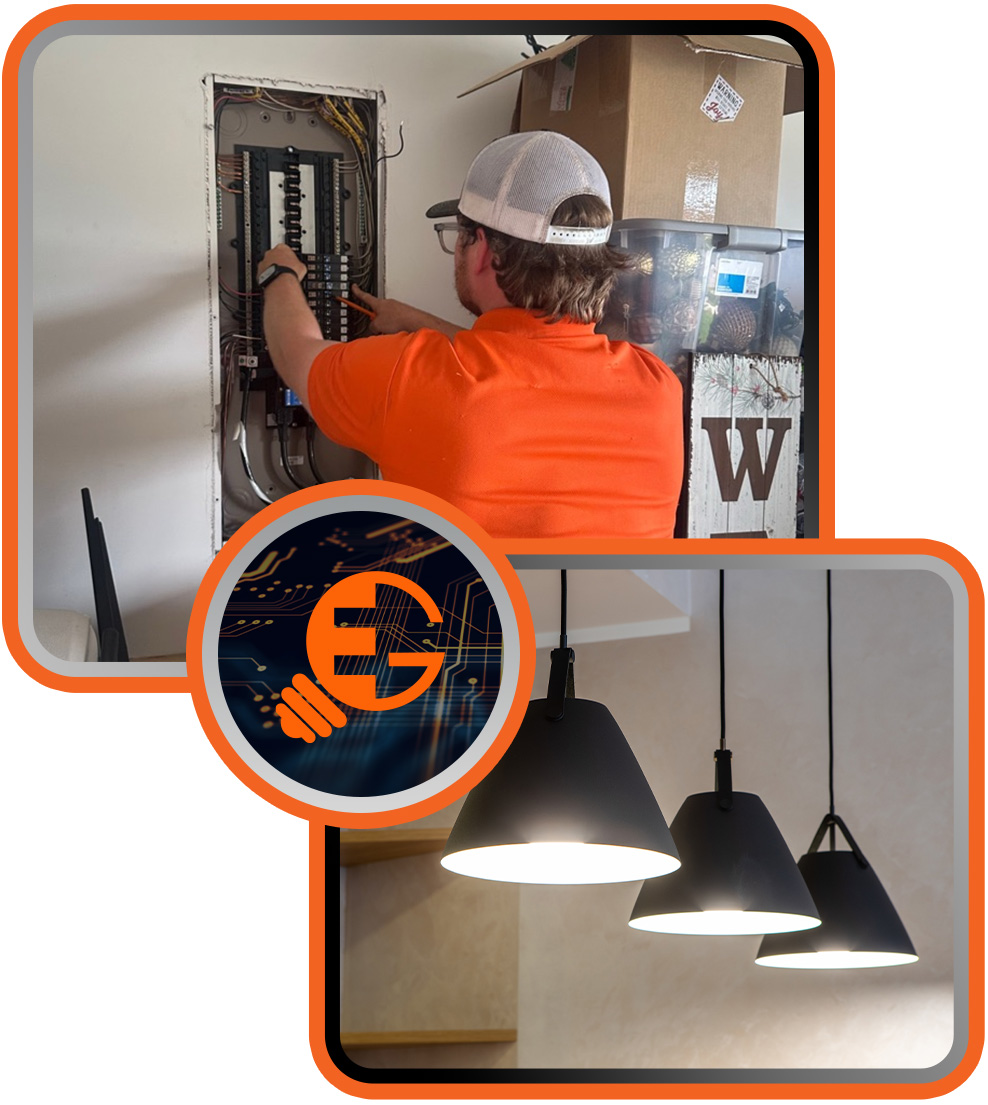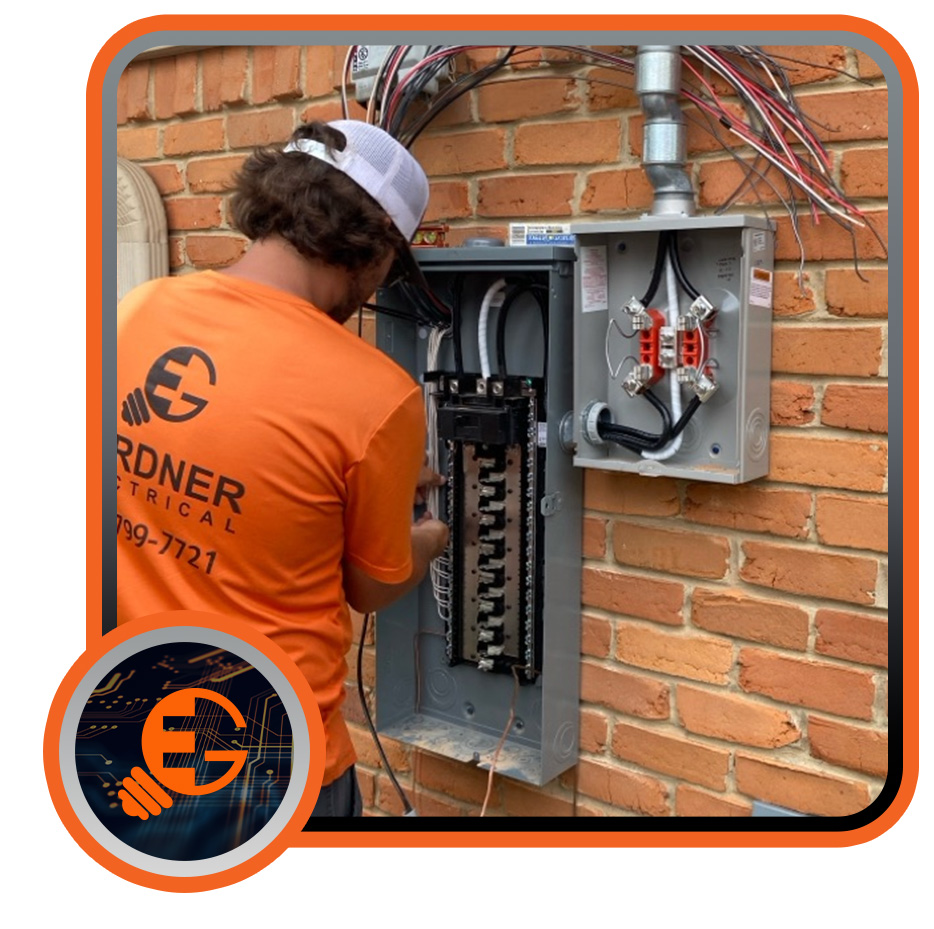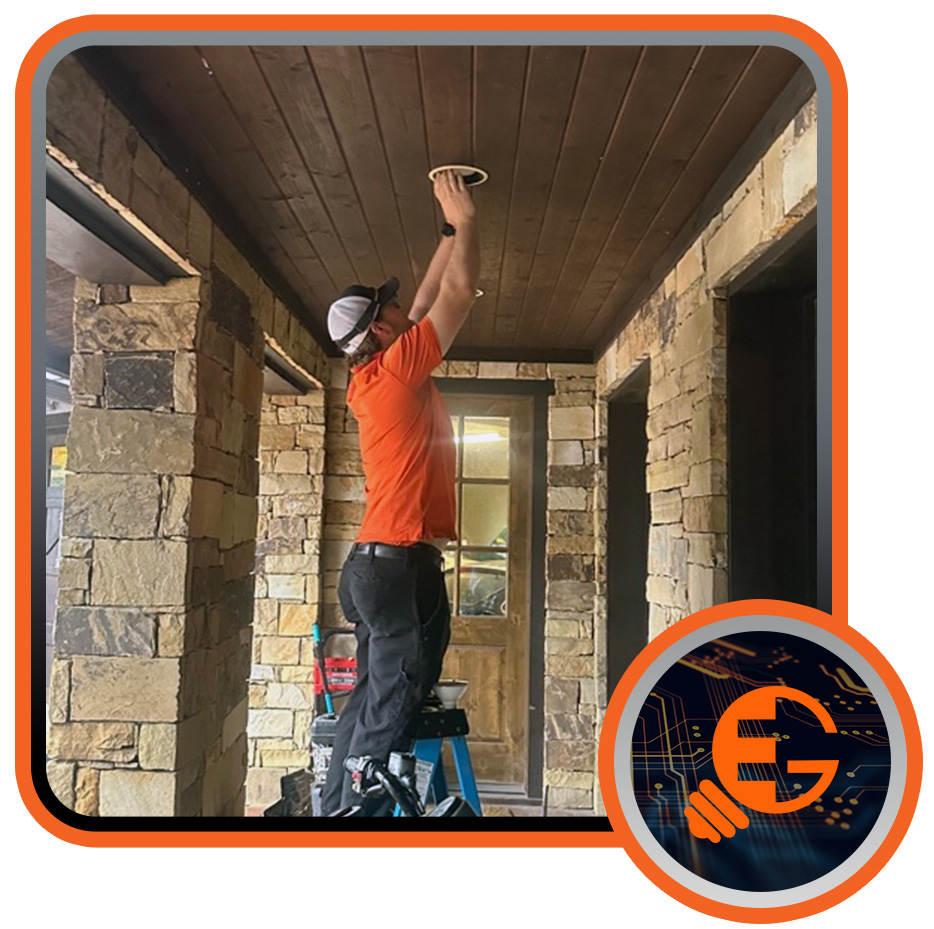

Electrician in Forney
Licensed Professionals Serving Mesquite Since 1984
Experience the difference that quality service makes with Gardner Electrical, your trusted local electrician. For decades, our family-owned business has proudly served local residents and business owners, earning us a reputation for exceptional quality, reliability, and customer care. From our licensed and highly trained electricians to our friendly office staff, every member of our team is dedicated to delivering safe, dependable, and affordable electrical services tailored to your needs.
We don’t just prioritize your home or business – we prioritize you. Our goal is to build long-term relationships based on honesty, trust, and exceptional service. We offer a full range of residential and commercial electrical services, with a commitment to providing prompt, professional assistance day or night. Whether you need routine maintenance, urgent repairs, or expert installations, we have got you covered.


Electric Savings!


quality electrical Services
Prompt, Dependable & Safe Commercial & Residential Solutions
-
 Lighting Services
Lighting Services -
 Wiring & Rewiring
Wiring & Rewiring -
 Electrical Panels
Electrical Panels -
 Electrical Repair
Electrical Repair -
 Outdoor Lighting
Outdoor Lighting -
 Commercial Service
Commercial Service -
 Generators
Generators -
 Outlets & Switches
Outlets & Switches -
 Ceiling Fans
Ceiling Fans -
 Surge Protection
Surge Protection -
 Pool & Hot Tub Electrical
Pool & Hot Tub Electrical -
Electrical Repair
-
Electrical Wiring
-
Lighting Installation
-
Panel Upgrades
-
Circuit Breakers

Why Choose Us?
We're proud of the reputation we’ve earned for quality electrical services, dependability, and customer service.
-
Licensed & Insured
-
Immediate, Same-Day Service
-
Get a 100% Free Estimate
-
Emergency Services Available
-
Serving the Area for 35 Years
-
Backed by a Warranty

Handling Electrical Emergencies 24/7
Electrical emergencies can happen at any time, which is why we’re proud to offer 24/7 emergency services. Whether it’s the middle of the night or over the weekend, our licensed and insured electricians are ready to respond promptly to your urgent needs. We even provide same-day service to address major electrical problems quickly and efficiently. You can count on us to deliver dependable, professional solutions whenever you need them so you can get back to feeling safe and secure in no time.


How Our Team Prioritizes Safety
Safety is at the heart of everything we do. Our team of fully certified and trained electricians is dedicated to delivering exceptional craftsmanship you can trust. We adhere to the highest standards, so every project is completed with precision and care. To further demonstrate our commitment to your safety and satisfaction, we back our work with a comprehensive 7-year warranty. When you choose Gardner Electrical, you’re investing in dependable, professional service from highly dedicated electricians.
Call (469) 770-7171 or contact us online to work with a trusted electrician in Forney. We are based in Kaufman and serve the surrounding areas down to Waxahachie.

-
The guys who came out both days were professional and got the job done. Mrs. Duncan
-
I got a great price and he did great work! Phillip Lott
-
Best electricians I've had since moving to east Texas. Valerie Romberg
-
Very happy with the service and will definitely be using them in the future. Garrett Daguimol
-
They did great work and were kind, polite, and professional. Md Jackson
-
The price was what I expected and the guys did a fantastic job. Joel Manning
-
Great company! Gabe Tanon

